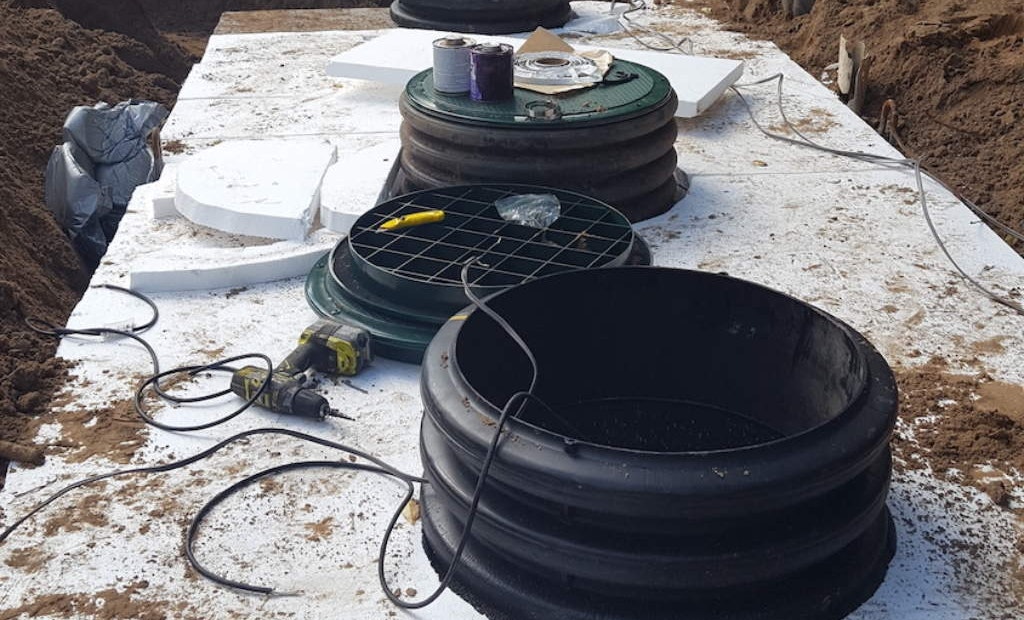Interested in Onsite Systems?
Get Onsite Systems articles, news and videos right in your inbox! Sign up now.
Onsite Systems + Get AlertsIn cold climates, insulating a septic tank may be necessary to maintain the internal tank temperatures necessary for active digestion and even to prevent freezing of the liquid. As the temperature drops in the tank, the natural bacterial activity drops as well and becomes dormant as temperatures drop below 40 degrees F. Tank walls, lids and risers may all require insulation, and a number of options are available for this purpose. All insulating materials must be resistant to water absorption.
- Insulation board can be placed along the side and on top of the tank prior to backfilling. When selecting a board, keep in the mind that the higher the R-value, the better the thermal performance of the insulation. A minimum of R10 should be used over septic and dosing tanks.
- A flexible insulation can be wrapped around the riser.
- Riser lids brought to grade can either be preinsulated by the manufacturer or insulation can be added by the installer.
- Two feet of soil (although some contractors use 48 inches as the measure below the frost line) should provide enough insulation for operation in cold climates. Tanks buried at shallow depths (less than 2 feet of soil cover) may require additional insulation.
- Spray-on insulation is now available and provides an additional sealant for seams coated in the insulation. In order for this option to be effective, there cannot be any loose-fitting manholes, broken inspection pipes or unsealed conduits that may allow cold air to be drawn into the tank.
Be sure that the insulation used for the tank is designed for burial. Keep in mind that insulation is not necessary for all tanks. For example, if the system is not used during colder times of the year, the tank contents may freeze because warmer water is not being added. In this case, insulation can actually delay the thawing process in the spring when active use begins again.
About the author: Sara Heger, Ph.D., is an engineer, researcher and instructor in the Onsite Sewage Treatment Program in the Water Resources Center at the University of Minnesota. She presents at many local and national training events regarding the design, installation and management of septic systems and related research. Heger is education chair of the Minnesota Onsite Wastewater Association and the National Onsite Wastewater Recycling Association, and she serves on the NSF International Committee on Wastewater Treatment Systems. Ask Heger questions about septic system maintenance and operation by sending an email to kim.peterson@colepublishing.com.






